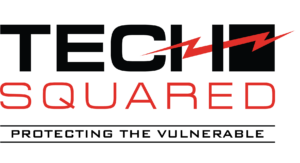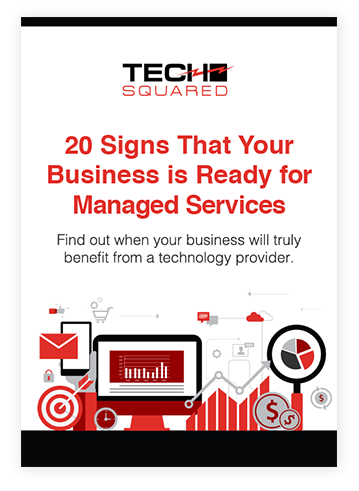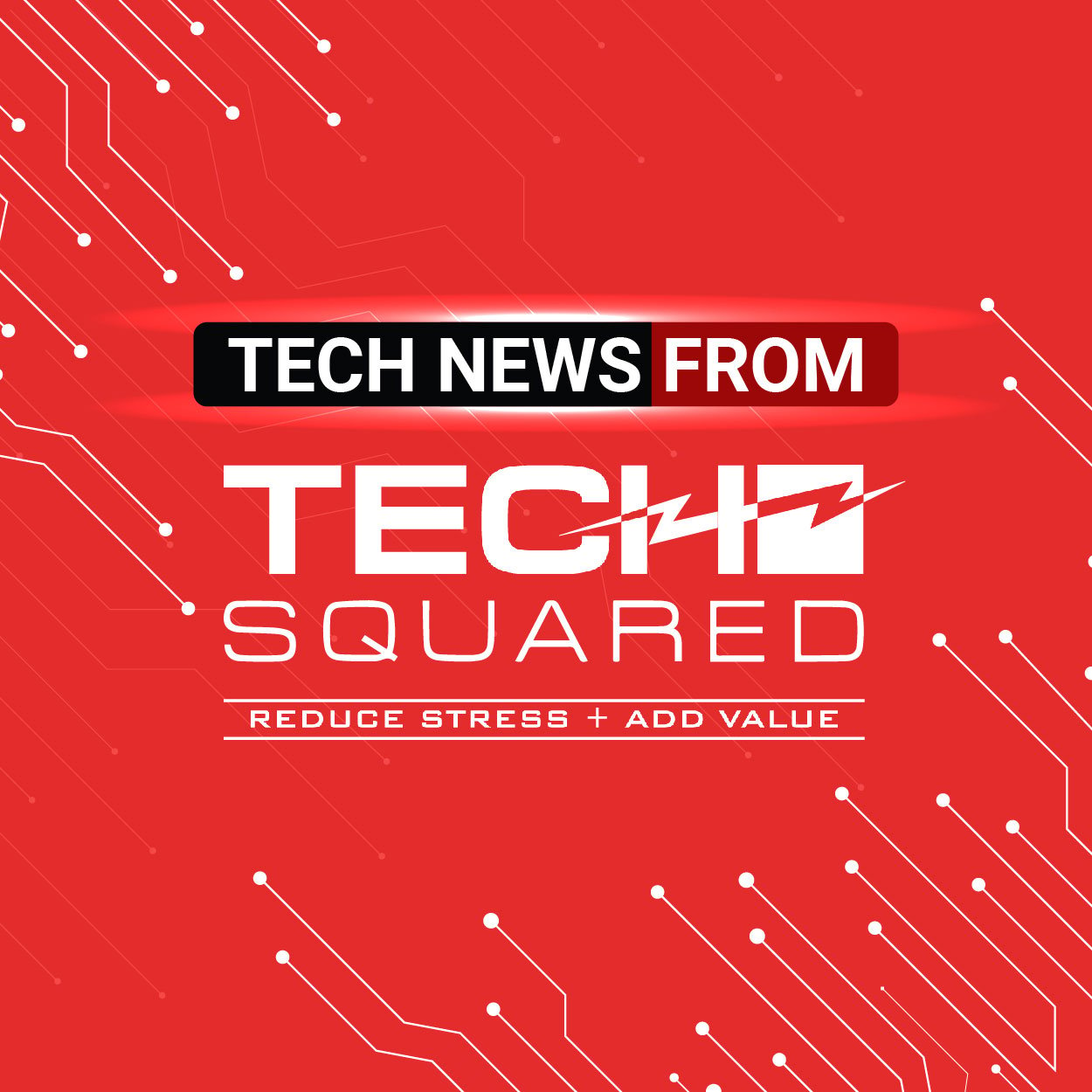Technology might have brought us greater connectivity than ever before, but growing reliance on cloud and mobile solutions continues to be held back by patchy internet connectivity and poor performance. The problem tends to be exacerbated in rural areas and developing regions where fixed-line broadband speeds and mobile network coverage often aren’t up to scratch.
While it will still be some time before 5G becomes the new standard for mobile data networks, it’s expected to make a dramatic impact. The IHS Markit 5G Economy Study claims 5G should generate $3.5 trillion in global revenue over the next 15 years. That’s because the proliferation of transformative technologies like remote working and Internet of Things (IoT) devices depend on it.
2020 marks a turning point in the development of the fifth generation of mobile networking by introducing exponentially faster speeds, greater coverage, and more generous data limits. It’s already being rolled out in various cities in the United States and, over the coming years, its impact on small business will be realized too.
Here are some of the things companies can look forward to:
Enhanced performance
The most obvious selling point of 5G is that it offers vastly improved performance over 4G and 3G. Some projections place download and upload speeds at up to 100 times faster than 4G. 5G’s reduced latency and interference will boost reliance and coverage.
With greater performance, reliability, and bandwidth, 5G will be instrumental in the continuing development of internet-connected devices ranging from industrial control systems to connected vehicles and much more. This will bring many new opportunities to businesses of all sizes and across all industry sectors.
Network slicing
Network slicing is one of the unique new features of 5G. This will allow operators to split up a single physical network into multiple virtual ones, with each one configured to handle different workloads. This means that business users will essentially be able to have their own mobile networks tailored to meet their specific needs. For example, virtual networks that handle sensitive data may need additional security, while others may prioritize performance and accessibility.
Improved security is also one of the most important benefits of network slicing, as it will prevent attacks from spreading from one virtual network to another.
Remote working
Remote work is no longer just a trend. It’s the new standard in a time when employees demand better work-life balance and businesses need to improve cost efficiency and overcome talent shortages. While many employees are already working from home and the freelance economy is in full swing, poor internet connectivity continues to be a barrier to productivity and teamwork across rapidly expanding physical environments.
5G will enable seamless connectivity and collaboration with video communication systems, augmented and virtual reality, and a range of other tasks that require high bandwidth and low latency. This will, in turn, reduce the cost burden associated with having to be physically present in the workplace.
The rise of eSIM
Physical SIM cards are gradually on the way out, making way for embedded SIM cards that take up far less space in the device and can be provisioned remotely. Combined with 5G technology, eSIM will empower the faster adoption of internet-connected technologies without adding risk. The smaller form factor and greater flexibility will result in a more diverse range of devices supporting 5G connectivity, particularly in industries like manufacturing, logistics, and healthcare.
Tech Squared goes beyond tech support to offer solutions and services that proactively reduce stress and add value to your company. To learn if you’re business is ready to partner with us, read our FREE eBook.
Download our free eBook!
Read our free eBook, 20 Signs That Your Business is Ready for Managed Services and find out the most common problems that push businesses to requiring managed services.


